I was born and raised in Cheshire, Connecticut as was my mother and grandmother. My family attended the First Congregational Church on the Green in Cheshire. I have always been a history geek – I was the kid at the family reunions inside with all my old aunts and uncles listening to stories about family history. I had very common thoughts about Cheshire history and New England history. Until…
I was doing some research about Native American’s in Cheshire in college. The first place I looked was Joseph Perkins Beach’s The History of Cheshire, Connecticut, from 1694 to 1840. Beach made several mentions of the Native American populations that lived in the region, though not Cheshire specifically. Brown gave much richer anecdotal evidence. In his Old Historic Homes of Cheshire, Connecticut he mentions several different villages or camps early settlers encountered.
I wanted to see if the vital records – the early birth, marriage and death records – showed any trace of the Native Americans Brown mentioned. There were a few. Ezra Stiles noted in his Itineraries that James Mēēh-yeúh, the Sachem of the East Haven Indians died in Cheshire in 1745. In December 1748 Rev. Hall recorded the death of “Peter Indian” and on April 4, 1789 Rev. Foot recorded the death of Mary Squaw, age 57.
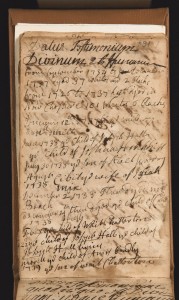
It was searching through these early records that I began to see something else – slaves. There, in the records of both Revs. Hall & Foot were the baptisms, admissions, marriages and deaths of African men, women and children. Hall, when listing the burials of his first ten years as Pastor of the Cheshire Church, noted the deaths of “101 whites 6 blacks”. In later years there were names, such as “A negro man Sambo” who was buried sometime between May and September 1736. Most of the time it was simply “a negro child” or “negro wench”.
Huh? How can there be all these records of Africans from the 1700’s? Cheshire didn’t have slaves. Cheshire was part of the Underground Railroad right? There were no blacks in 18th or 19th century Cheshire. New England didn’t have slavery. But there they were.
The more I looked the more I found. Chapter Six of Beach’s definitive volume on Cheshire history has a subheading entitled “Slave Owners”. Brown also makes mention of slaves in Old Historic Homes. The Cheshire Bicentennial Committee retold the tales of Beach and Brown with their own commentary in their 1976 Landmarks of Old Cheshire. Each of these volumes treat slavery as a minor hiccup in Cheshire’s history, something that was virtually nonexistent. When it did occur, you would believe it to be benign by reading the accounts.
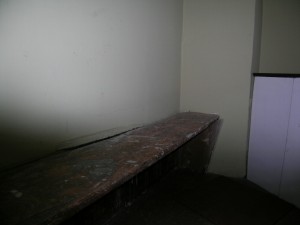
I went to the Cheshire Historical Society and asked someone there. They replied that Cheshire did not have slaves. We were part of the Underground Railroad. As I left the Historical Society I looked at the church I had grown up in and was hit with a knowledge I had forgotten. Up in the balcony of the Congregational Church, in the back corners, were two rough hewn wooden benches known as the “Slave Pews”.
Oh my God! There were slaves in Cheshire!
Who were they? How prevalent was slavery in Cheshire? In Connecticut? What happened to these people? And how did we forget their stories?
This has become one of my greatest passions. I have uncovered countless stories of Africans and African-Americans who were enslaved, freed and thrived in Cheshire. They played a crucial role in Cheshire’s growth and were members of this community. Cheshire even had one of the first, if not the first African American men to have voting rights – in 1819!
There was a dichotomy in Cheshire around the issue of slavery. The industries of 18th & 19th century Cheshire fueled the Trans-Atlantic Slave Trade and Cheshire’s farmers, coopers and mill owners profited greatly from it. Many of the town’s most prominent families – the Cook’s, the Hull’s and the Hall’s – were directly involved with the West Indies trade owning the ships that transported human cargo. Yet there was also an acceptance of many of those they had once held enslaved. They became part of the fabric of Cheshire.
This will be the first of many posts about this history. Someday, I will write a book, but in the meantime, I will use this blog to tell the stories of the forgotten men and women of Cheshire’s past.
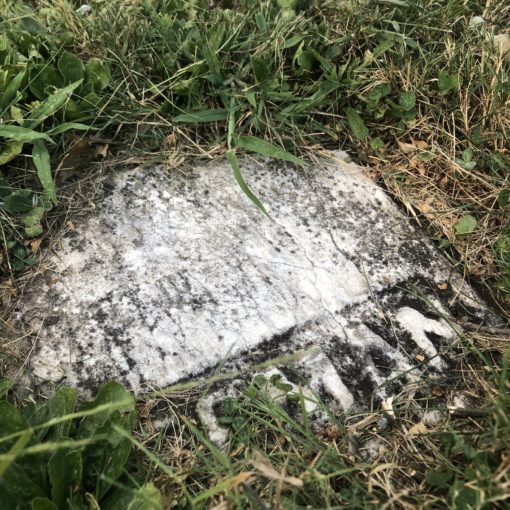
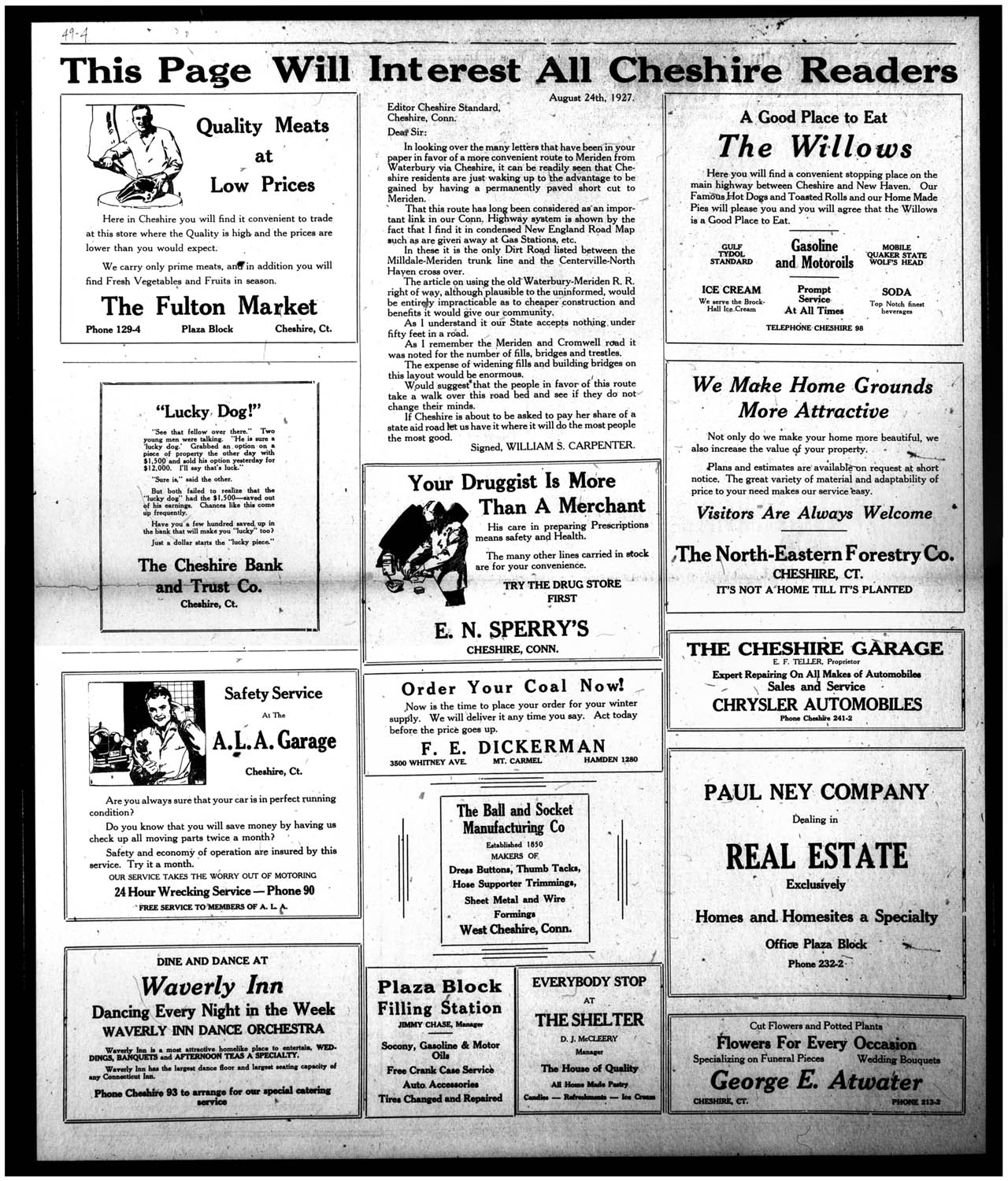
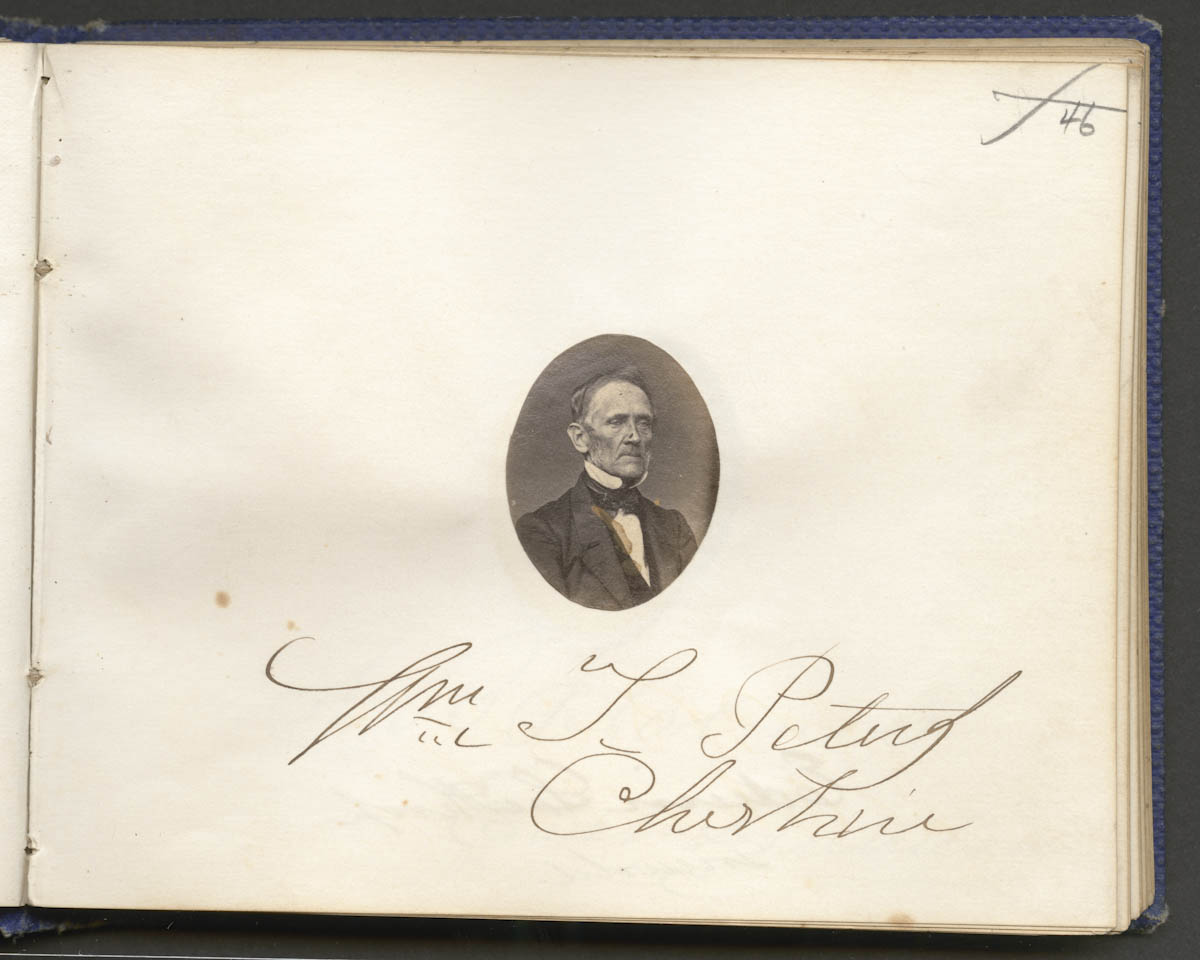
4 thoughts on “Slavery in Cheshire”
Where can I find out more about this?
I’ll be posting more about slavery in Cheshire as I go along. Joseph Perkins Beach talks about it a bit in his History of Cheshire, Connecticut, from 1694-1840. I would be more than happy to answer any questions you might have, as there is really nothing else written as of yet (someday I will get around to writing a book) what I know comes from over a decade of research. If you are interested in slavery in the north in general there are some great books out there, I’ll try to get up a list of recommended reads this weekend.
I am trying to find out if there were slaves in Prospect. I am originally from milford and lived on the housatonic river next to Stratford my mom still lives there. When I was young in the early 80s I saw underground railroad tunnels in an old mansion on my street riverside drive and sachem st. My grandmother told me the tunnels were rumored to run under the river into stratford. The tunnels also atached to other homes in Milford. I moved to prospect 5 years ago and was told that the street I live on was farm land worked by slaves. I feel like there is some connection between Milford and Prospect but I cant put my finger on it. Any help would be greatful. Thanks and God bless. Michael.
Thanks for your question and your hunch! I started a reply but wrote a post instead. Hope this answers at least some of your question.